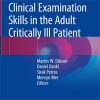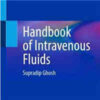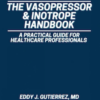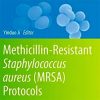Effect of Helmet Noninvasive Ventilation vs. High-Flow Nasal Oxygen in Patients with COVID-19
jamanetwork.comAmong patients with COVID-19 and moderate to severe hypoxemia, treatment with helmet noninvasive ventilation, compared with high-flow nasal oxygen, resulted in no significant difference in the number of days free of respiratory support within 28 days. Further research is warranted to determine effects on other outcomes, including the need for endotracheal intubation.
Among 110 patients who were randomized, 109 (99%) completed the trial (median age, 65 years [interquartile range {IQR}, 55-70]; 21 women [19%]).
The median days free of respiratory support within 28 days after randomization were 20 (IQR, 0-25) in the helmet group and 18 (IQR, 0-22) in the high-flow nasal oxygen group, a difference that was not statistically significant (mean difference, 2 days [95% CI, −2 to 6]; P = .26).
Of 9 prespecified secondary outcomes reported, 7 showed no significant difference.
The rate of endotracheal intubation was significantly lower in the helmet group than in the high-flow nasal oxygen group (30% vs 51%; difference, −21% [95% CI, −38% to −3%]; P = .03).
he primary outcome was the number of days free of respiratory support within 28 days after enrollment.

















